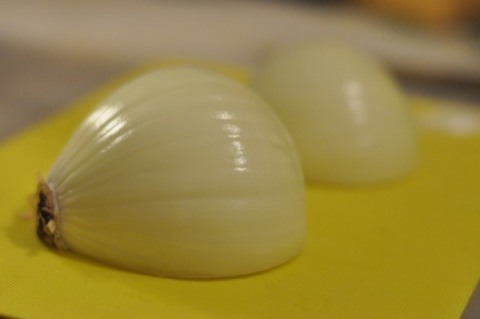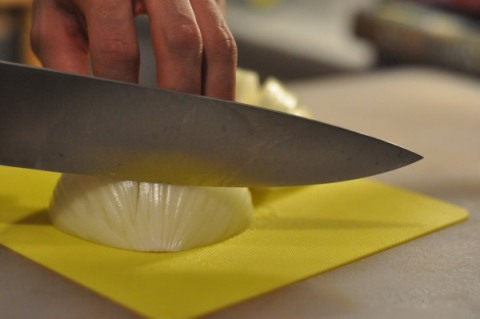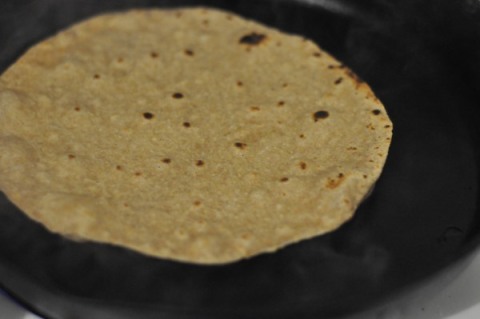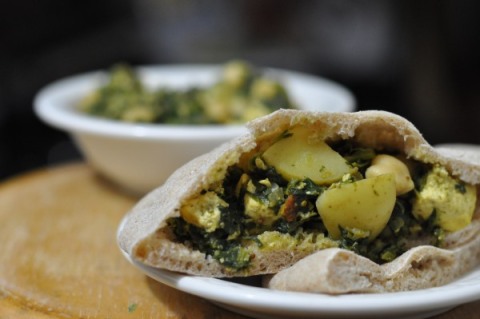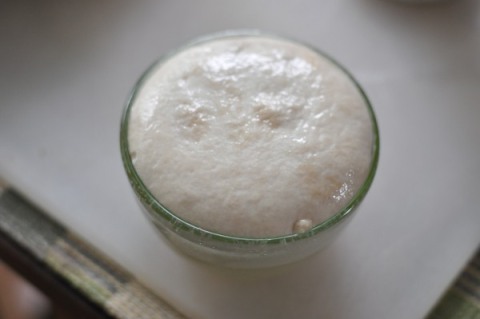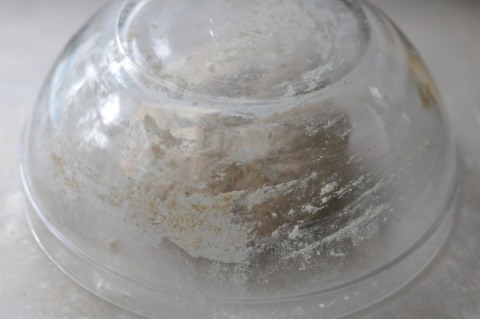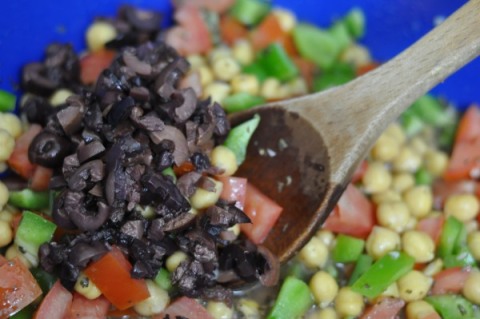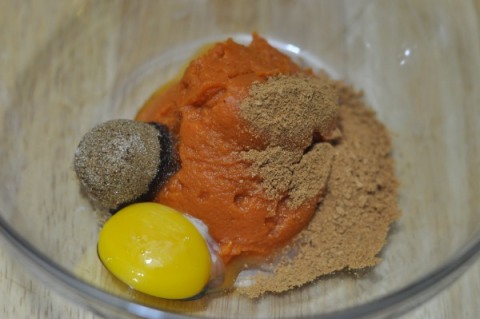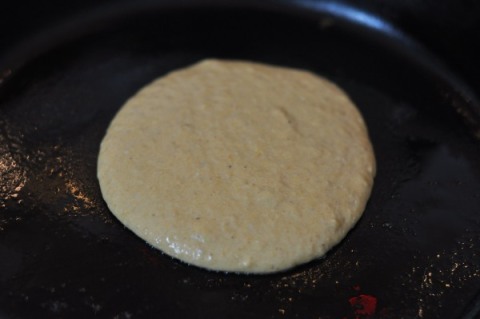These are using my Whole Wheat Protein Tortillas I posted earlier. I was originally not going to post this because I felt like it was just vegetables in a tortilla, but Justin said people like recipes. I guess I trust him. We’ve been together for a while now, I think I owe him that.
Recipe:
2 white onions (sliced, caramelized)
1 red pepper (sliced, roasted)
1 green pepper (sliced, roasted)
3 jalapeno or serrano peppers (diced, roasted)
1/2 cup corn
1 15 oz can black beans (or 1.5 cups cooked beans)
1-2 tsp oil
salt
Toppings:
Greek yogurt
salsa
avocado
lettuce
First we’re going to slice our onions. People get all weird about onions.
They’re like, “No, I’m going to cry.”

And, “Oh my god, my breath.”

I read all sorts of forums about people complaining about onions and crying all that stuff. People come up with the silliest solutions to avoid this problem — goggles, freezing the onion, soaking the onion in water, cut near a flame.
Silly business.
When you cut into an onion you’re breaking cell walls, inside those cell walls is a chemical compound called sulfoxide which is basically sulfur and oxygen bonded together with other compounds. When we cut into an onion we release this and it turns into sulfuric acid, which then stimulates the tears in our eyes. Mind you this is a bastardly simplified version, but enough for these purposes. Anyway, the majority of the sulfoxides are contained near the root of the onion. So if you leave the last 1/2 inch of the onion alone and cut with a sharp knife (which disrupts less walls) 9 times out of 10 you won’t have tears and chances are your breath won’t smell.
So quit your bitching and cut your onion.
Leaving the root on, cut the very top of your onion of after you’ve halved it. Make slices through your onion, making sure not to disrupt that last 1/2 inch.
Here’s a diagram.
Then slice the root off.
No tears!
And no freezing, flames, or goggles.
Now we’re going to caramelize our onions. This is a process. Any person writing a recipe that tells you you can caramelize an onion in 5 or 10 minutes is a damn dirty liar and is never to be trusted again. It takes minimum 30 minutes, but longer is always better.
Add 1-2 tsp oil to a pan and heat over medium heat.
Add your onions and salt. Cook over medium-medium high heat. Don’t stir too often or you’ll prevent caramelizing.
Every 10 minutes I deglaze the pan. It’s up to you what you want to use–oil, vinegar, wine, water. I just used water.
While your onions are doing their thing get everything else ready.
Roast your peppers, you can do it on the stove or in the oven. On the stove or under the broiler is the fastest.
Just make sure your skins are most, if not all the way black.
20 minutes in, deglaze your pan if needed.
Wipe or rinse of your skins.
And slice. Dice your serrano or jalapeno peppers if you’re using them. Or you’ll pay for it.
30 minutes in. This is the bare minimum for caramelizing onions. You could go all day with these beauties and they will only get more delicious. But you do have to eat eventually, and I can only plan for a meal an hour or so in advance.
Add your peppers, beans, and corn to your onions and toss around to warm everything.
Get your toppings ready.
And your tortillas.
I love Greek yogurt and find it’s one of those things that is well worth the extra cost.
Fixins.
I decided to be cheap and buy iceberg lettuce. Never again, once you grow accustomed to eating dark leafy greens you’ll wonder why the fuck this stuff even exists.
I’m sorry iceberg but it’s true, you’re a superfluous vegetable.
The End.


